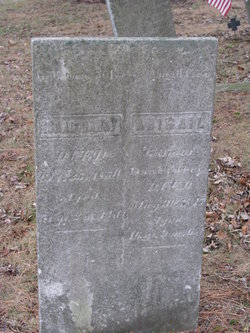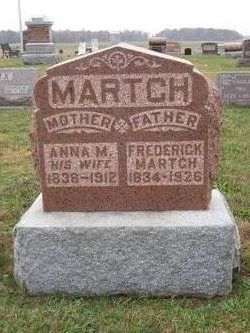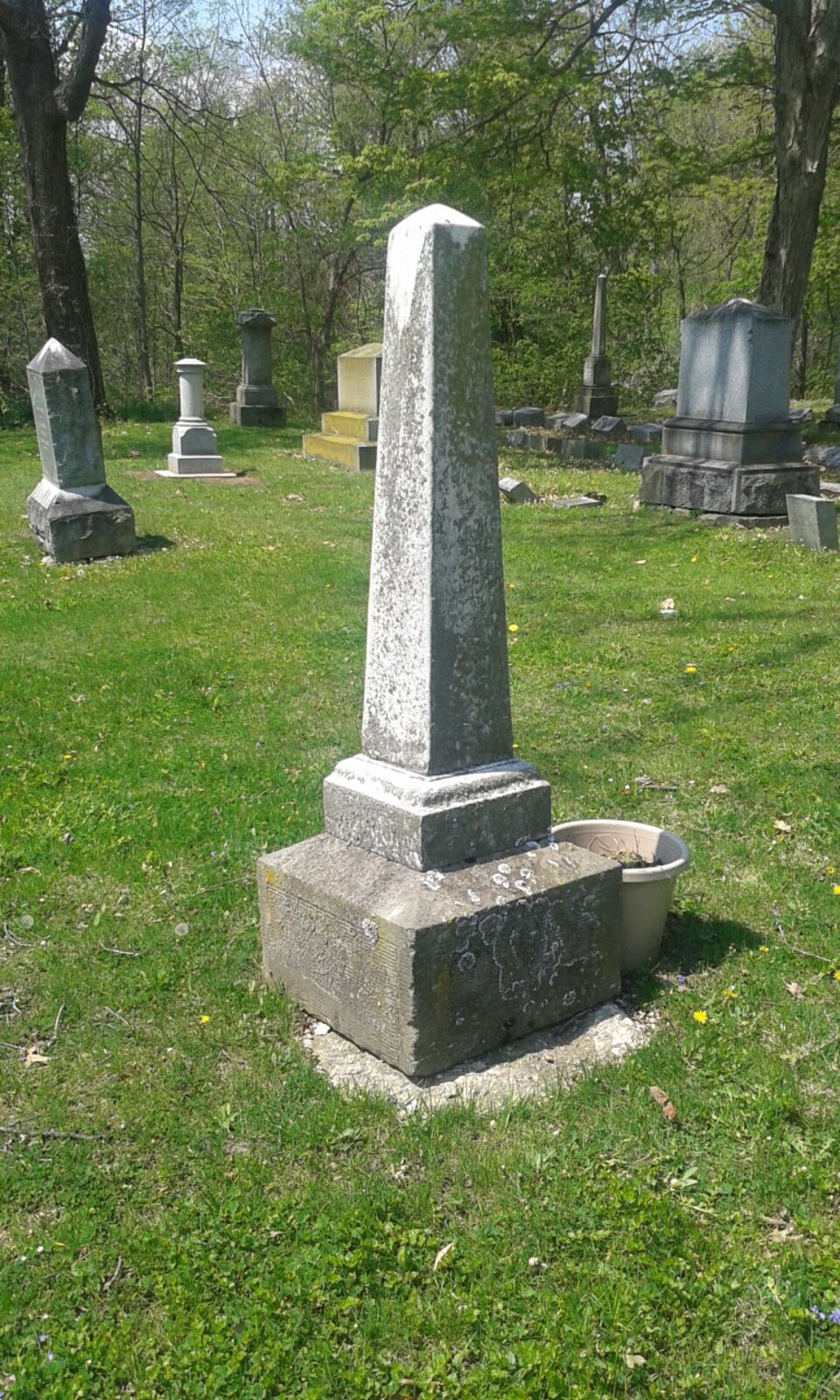 |
| Isaac Carey's Grave, at Potter Cem. Paulding Co. Ohio |
Isaac Carey settle in Auglaize Township (Paulding Co. Ohio) in 1828 and proceeded to make a home in the wilderness. Isaac was a genial Christian gentleman and his cabin was a preaching place and the home of the preacher well. Isaac entertained travelers who came along and as his home was on the direct route from Defiance to Findlay it happened quite often that a company of movers or traveler would stop there and were always made welcome. As Phelps once remarked. "It was a mighty good place to stay over night." Isaac was a brick and stone mason, and with his brother-in-law, James Hudson built the first brick house in Defiance (Dr. John Evans house) and Paulding and also in Ft. Wayne.
In matters of education Isaac and some of his neighbors were head of their time. For some years there was no public money witch to hire teacher and his father-in-law Shadrack Hudson and Col. Nathan Shirtey contributed of their own funds paid and maintained a teacher for their children. This they for some years until there was no further need of a private school. C.B. West was the teacher, and was a very good one too. West afterwards taught school in Defiance.
The Indians were in the land then and Charloe was then an Indian village, where Ocquanoxy was Chief. When the Indians jouneyed to Defiance and back they frequently called at Isaac Carey's cabin, they were always well treated. Indians had a sincere respect and friendship for Isaac, and trusted him to that extent when they made their yearly journey to Detroit to receive their annuity that the government paid them. The Indians used to leave their guns, dogs and other valuable in Isaac's care. The Indians dogs, were a nuisance to Isaac for not understanding, the differs between hogs and wild animals, and. At last Isaac patience gave entirely out and Isaac ,shot one or two of their dogs. Isaac was under anxiety for a while thinking the Indians would retaliate, but his fears proved groundless, for next time the Red Men came their dogs slunk along as though they been whipped and did not even bark. A closer examination showed that they were muzzled by strips of bark tied around their nose and the dogs never molested the dogs again.
In matters of education Isaac and some of his neighbors were head of their time. For some years there was no public money witch to hire teacher and his father-in-law Shadrack Hudson and Col. Nathan Shirtey contributed of their own funds paid and maintained a teacher for their children. This they for some years until there was no further need of a private school. C.B. West was the teacher, and was a very good one too. West afterwards taught school in Defiance.
The Indians were in the land then and Charloe was then an Indian village, where Ocquanoxy was Chief. When the Indians jouneyed to Defiance and back they frequently called at Isaac Carey's cabin, they were always well treated. Indians had a sincere respect and friendship for Isaac, and trusted him to that extent when they made their yearly journey to Detroit to receive their annuity that the government paid them. The Indians used to leave their guns, dogs and other valuable in Isaac's care. The Indians dogs, were a nuisance to Isaac for not understanding, the differs between hogs and wild animals, and. At last Isaac patience gave entirely out and Isaac ,shot one or two of their dogs. Isaac was under anxiety for a while thinking the Indians would retaliate, but his fears proved groundless, for next time the Red Men came their dogs slunk along as though they been whipped and did not even bark. A closer examination showed that they were muzzled by strips of bark tied around their nose and the dogs never molested the dogs again.








 Reason Wells was born in the city of Zanesville, Ohio, May 22 1821, and while a mere boy, his father removed with his family to Defiance in 1832, believing, as did many another at the time, that the completion the Miami and Erie Canal, then being agitated in the General Assembly, would cause the wilderness just beyond the Black Swamp to brighten and bloom and prove a region of exceeding richness and that Defiance, the town located at the junction of the Maumee and Auglaize Rivers. Which at this early day was the only town in the valley of the "Miami of the Lake," between Perrysburg and Maumee City and the city of Fort Wayne, Ind.
Reason Wells was born in the city of Zanesville, Ohio, May 22 1821, and while a mere boy, his father removed with his family to Defiance in 1832, believing, as did many another at the time, that the completion the Miami and Erie Canal, then being agitated in the General Assembly, would cause the wilderness just beyond the Black Swamp to brighten and bloom and prove a region of exceeding richness and that Defiance, the town located at the junction of the Maumee and Auglaize Rivers. Which at this early day was the only town in the valley of the "Miami of the Lake," between Perrysburg and Maumee City and the city of Fort Wayne, Ind.